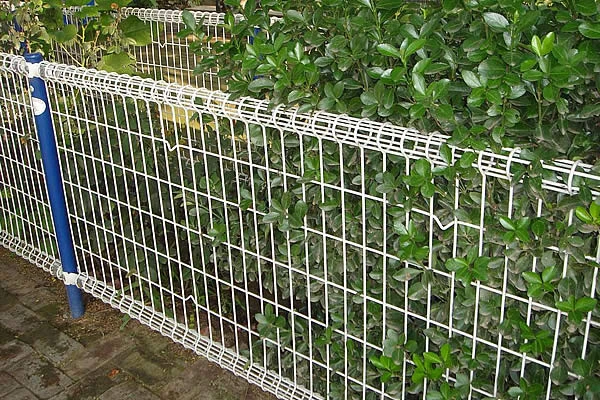 TEL:
+86-13102802206
TEL:
+86-13102802206
 Email:
fencenetting@china.com
Email:
fencenetting@china.com
 Language
Language
 TEL:
+86-13102802206
TEL:
+86-13102802206
 Email:
fencenetting@china.com
Email:
fencenetting@china.com
 Language
Language


The Emergence of Cast Iron TIG Welding Wire
In the realm of welding technology, the choice of materials significantly impacts the quality and durability of the joint. Among the various welding processes, Tungsten Inert Gas (TIG) welding stands out for its precision and versatility. An intriguing development in this field is the use of cast iron TIG welding wire, which has garnered attention for its unique properties and applications.
Cast iron is known for its excellent fluidity, wear resistance, and ability to be cast into complex shapes. However, welding cast iron presents its own set of challenges. Traditional welding methods can lead to cracking, distortion, and weakened joints if not executed with care. This is where the advent of cast iron TIG welding wire comes into play, offering a promising solution to these common issues.
The Emergence of Cast Iron TIG Welding Wire
Moreover, cast iron TIG welding wire provides excellent compatibility with various types of cast iron, including gray iron, ductile iron, and malleable iron. This versatility enables welders to select the appropriate wire based on the specific requirements of their project, ensuring a strong and reliable joint. The low heat input also contributes to a smaller heat-affected zone (HAZ), which is paramount in maintaining the structural integrity of the base metal.

In practical applications, cast iron TIG welding wire is widely used in repairing cast iron components, such as engine blocks, machine parts, and antique furniture. In industries where precision is crucial, such as aerospace and automotive, the ability to execute high-quality welds on cast iron parts can extend the life of components and save costs on replacements.
Furthermore, the use of cast iron TIG welding wire is complemented by the choice of proper shielding gases, typically argon or a mix of argon and helium. These gases protect the weld pool from contamination, ensuring a clean and defect-free weld.
As industries continue to innovate and evolve, the importance of advanced welding techniques like TIG welding with cast iron wire cannot be underestimated. It not only enhances the quality of repairs and constructions but also paves the way for advancements in manufacturing processes.
In conclusion, cast iron TIG welding wire represents a significant leap forward in welding technology. By addressing the challenges of traditional welding methods for cast iron, it ensures better outcomes in a variety of applications. As this technology develops further, it promises to deliver even more efficient and durable solutions to meet the needs of modern industrial practices.